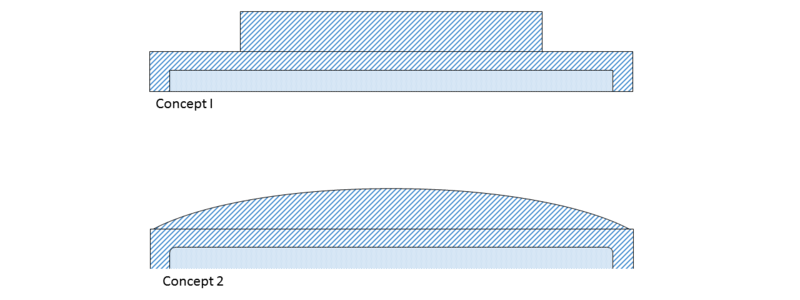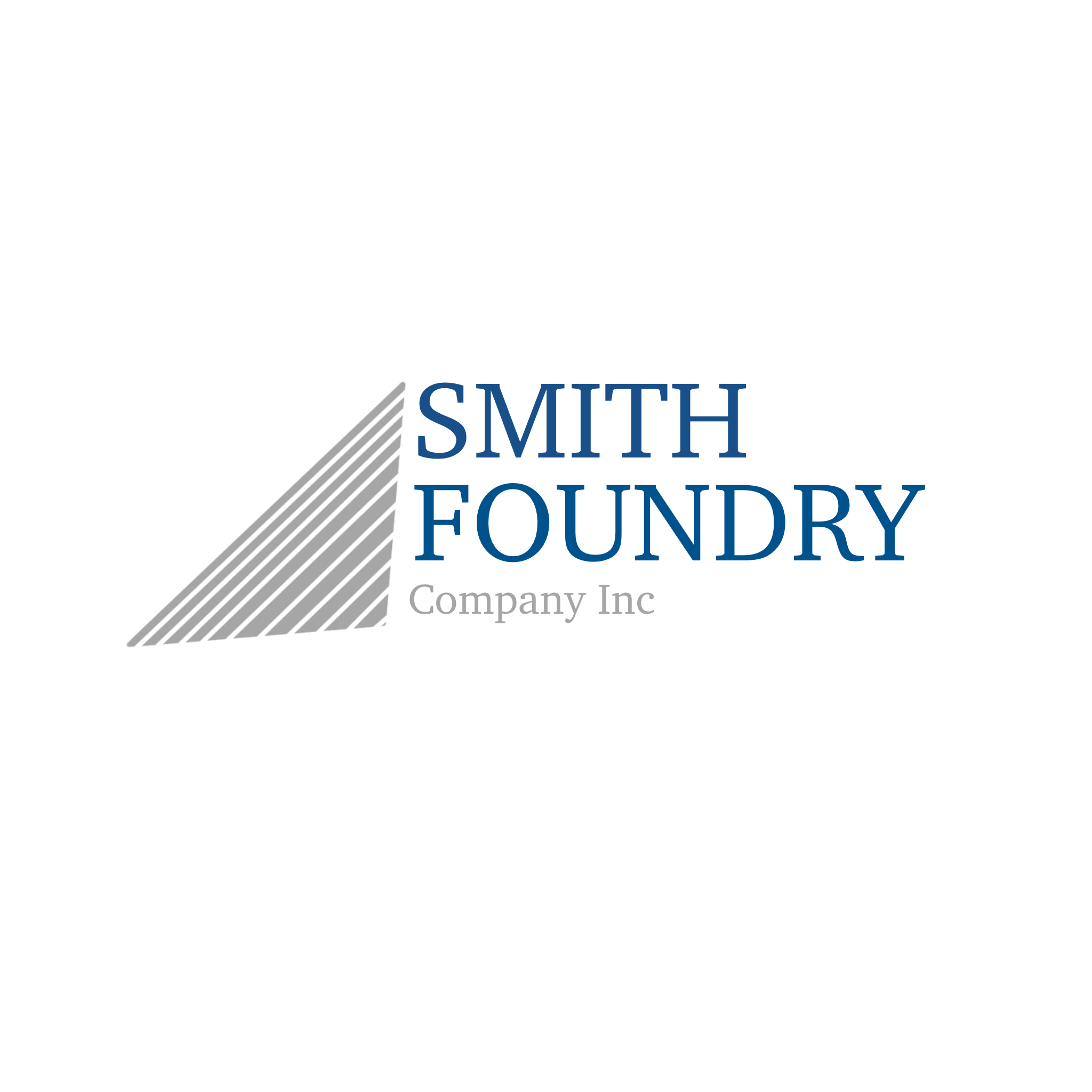
Casting Design – Thinking outside the (weldment) “Box”, or, Why you should be innovative in considering your casting shape.
I was recently approached by a customer interested in converting a weldment his company had been producing into a casting. Smith Foundry is fortunate in having developed quite a track record for this type of work.
The weldment in question consisted of four flat sections of steel welded together into a roughly open-sided box shape, and in turn welded to a short section of square steel tube. In short, a welded box welded to a smaller box. This assembly was then used to join two sections of farm implement.
The customer had developed in 3D modeling a theorized casting out of the weldment they’d been producing for years. The customer was motivated by the reduction in cost they would see by eliminating labor dollars both from the welding process and the administration behind tracking five separate component SKUs, and as well improvements in tolerances/consistency inherent to the casting process. They’d considered the core they would need, draft, and parting line. All in all, a good show of consideration for an engineer that had never designed for castings before.
But then we got to asking questions. What was the part designed to accomplish? What type of stress would it see in the field? What failures had they experienced? Did it need to look a certain way? These questions led to more questions, and ultimately a complete redesign of the part. Turns out, the “box” shape had more to do with structurally reinforcing the weldment and the original premise that it would be fabricated out of steel than any reason inherent to the purpose of the part. Furthermore, a curved shape would not only be easier to cast, and not only reduce cost by eliminating material, and not only reduce stress concentrations, but it would also look better. We also managed to eliminate the need for a core altogether, further reducing the part’s anticipated cost.
Why go with Concept I when Concept II is so much better?
Casting is a unique process. It allows you to put material right where you need it, and to NOT put it where you don’t. Take advantage of that. If your casting design is visually identical to the weldment it is meant to replace, you may have missed some opportunities. Think outside the (weldment) box.
Ps. If you’d like to see a few other examples of good design thinking in casting conversions, click here: Great Design
Nathan Smith
Director, Business Development
Follow us on LinkedIn to get future updates and other helpful information.
